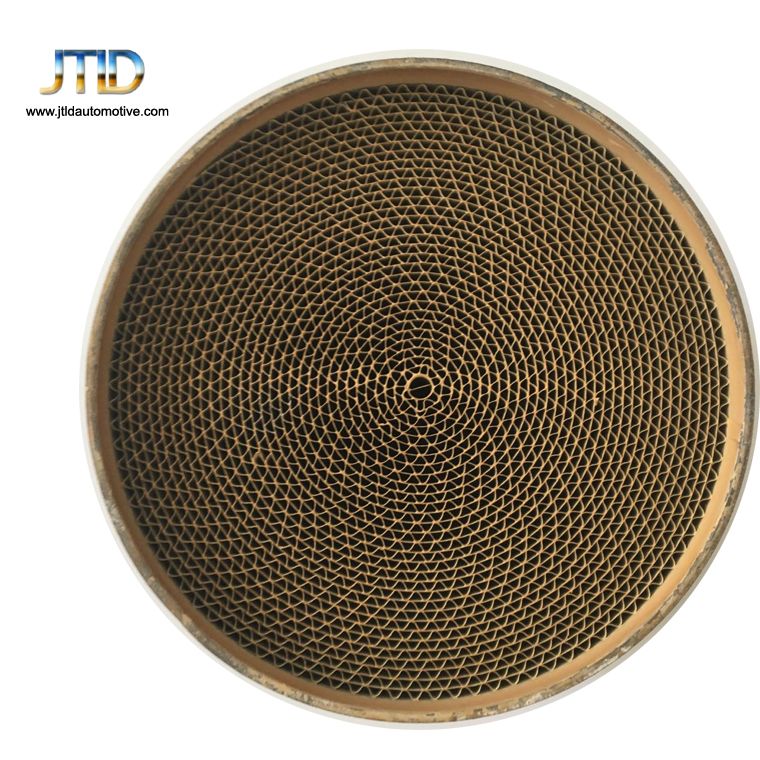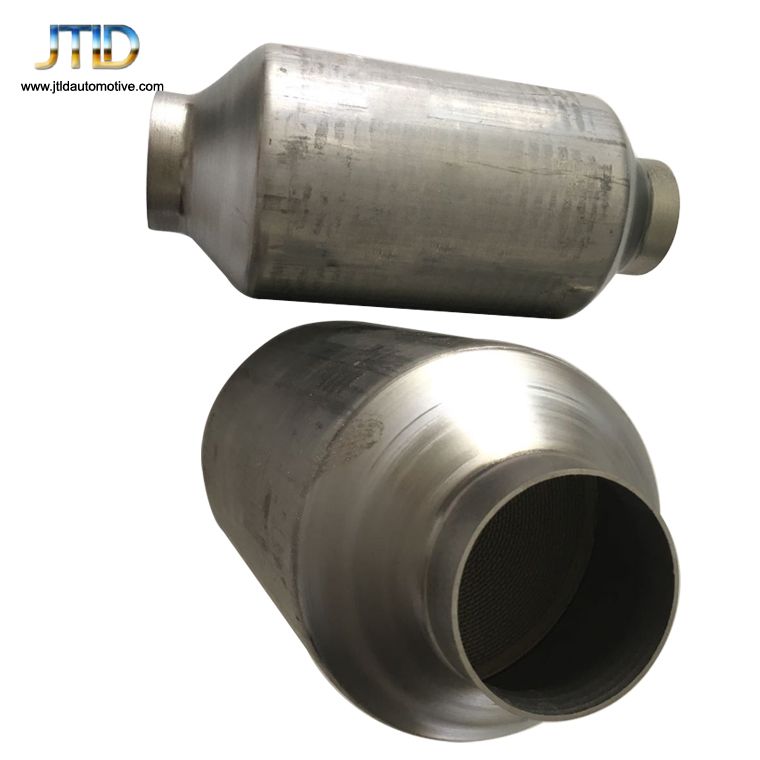- HOME
- COMPANY
-
PRODUCT
-
Exhaust System
- Exhaust Valve
-
Exhaust Down Pipe
- BMW Exhaust Down Pipe
- Audi Exhaust Down Pipe
- Toyota Exhaust Down Pipe
- Jaguar Exhaust Down Pipe
- Benz Exhaust Down Pipe
- VW Exhaust Down Pipe
- Subaru Exhuat Down pipe
- Honda CIVIC Exhaust Down Pipe
- Nissan Exhaust Down Pipe
- Ford Exhaust Down Pipe
- Porsche Exhaust Downpipe
- McLaren Exhaust Downpipe
- Cadillac Exhaust DownPipe
- Lamborghini Exhaust Downpipe
- Infiniti Exhaust DownPipe
- Maserati Exhaust Downpipe
- Mitsubishi Exhaust Downpipe
- Ferrari Exhaust DownPipe
- Chevy Exhaust Down Pipe
- Land rover Exhaust DownPipe
- Alfa Romeo Exhaust Down Pipe
- Chevrolet Exhaust Downpipe
- Hyundai
- Fiat EXHAUST DOWNPIPE
- Lotus exhaust downpipe
- TANK exhaust DOWN PIPE
- Aston Martin Exhaust Down Pipe
-
Exhaust System
- Audi Exhaust System
- Benz Exhaust System
- Ford Exhaust System
- Toyota Exhaust System
- Cadillac Exhaust System
- VW-Exhaust-System
- Jaguar Exhaust System
- Buick Exhaust system
- Land rover Exhuast system
- Porsche Exhaust System
- BMW Exhaust System
- Chery Exhaust System
- Alfa Romeo Exhaust System
- Brabus Exhaust system
- Changan Exhaust system
- Geely Exhaust System
- Hyundai Exhaust System
- Lexus Exhaust system
- Mazda Exhaust system
- McLaren Exhaust system
- Mitsubishi Exhaust system
- Nissan Exhaust system
- Rohens Exhaust system
- Honda Exhaust System
- Volvo Exhaust System
- Ferrari Exhaust System
- SUBARU Exhaust system
- Lamborghini Exhaust System
- Lotus Exhaust System
- GMC Exhaust System
- Aston Martin Exhaust System
- Maserati Exhaust System
- Great Wall Exhaust System
- Dodge Exhaust System
- Bentley Exhaust System
- MG Exhaust System
- Jeep Exhaust System
- Chevrolet Exhaust System
- Infiniti Exhaust System
- TANK exhaust system
- KIA Exhaust System
- Exhaust Tip
-
Diesel Exhaust Tip
-
Flexible Pipe
-
X and Y pipe
- Exhaust Muffler
-
Exhaust header/ Manifold
- BMW Exhaust Header Manifold
- Chevy Exhaust Header Manifold
- Dodge Exhaust Header Manifold
- Ford Exhaust Header Manifold
- Mazda Exhaust Header Manifold
- Mitsubishi Exhaust Header Manifold
- Nissan Exhaust Header Manifold
- Subaru Exhaust Header Manifold
- Toyota Exhaust Header Manifold
- VW Exhaust Header Manifold
- Custom Exhaust Header Manifold
- Jaguar Exhaust Header Manifold
- AUDI Exhaust Header Manifold
- Volvo Exhaust Header Manifold
- Jeep Exhaust Header Manifold
- Honda Exhaust Header Manifold
- Porsche Exhaust header/ Manifold
- GMC Exhaust header/ Manifold
- Hyundai Exhaust Header/Manifold
- Acura Exhaust Header Manifold
- JDM Exhaust header Manifold
- Buick Exhaust Header Manifold
- Benz Exhaust Header Manifold
- INFINITI Exhaust Header Manifold
- Lamborghini Exhaust Header Manifold
- Ferrari Exhaust Header Manifold
- peugeot Exhaust header manifold
- Lexus exhaust header manifold
- Suzuki exhaust header manifold
-
Catalytic Converter
-
Small Resonator
-
air intake pipe
- Exhaust Accessories
- Intake System
- Intercooler system
- Carbon Fiber Items
- Exhaust Hardware
-
Chassis System
-
Control Arms
-
AIR INTAKE KIT
-
Head stud kit
-
Fuel Tank
-
Wheel NUTS
-
Tow Hook
-
Horn
-
Bumper
-
Wheel Hub Cap
-
Hydraulic HandBrake
-
Speed Shift Knob
-
Fasteners
-
Hood Risers
-
Wire Separators Dividers
-
Radiator Stay
-
Cap Cover
-
Racing Switvh Kit
-
Hood Pin Kit
-
Catch Tank Can
-
Fuel Pressure Regulator With Gauge
-
Throttle Body
-
Air Filter
-
Air Intake pip Kit
-
Fufl Pump Bracket
-
Battery Fasten
-
Brace
-
Control Arms
- Oil Cooler kits &Hose
- body accessories
- Motorcycle
- Tungsten Electrodes
- Turbo Charger Heat Shield Cover
- Drain Grid Mat
- suzuki hayabusa
- Machine
-
Exhaust System
- NEWS
- BLOG
- FAQ
- CONTACT US
- CATALOGUE






